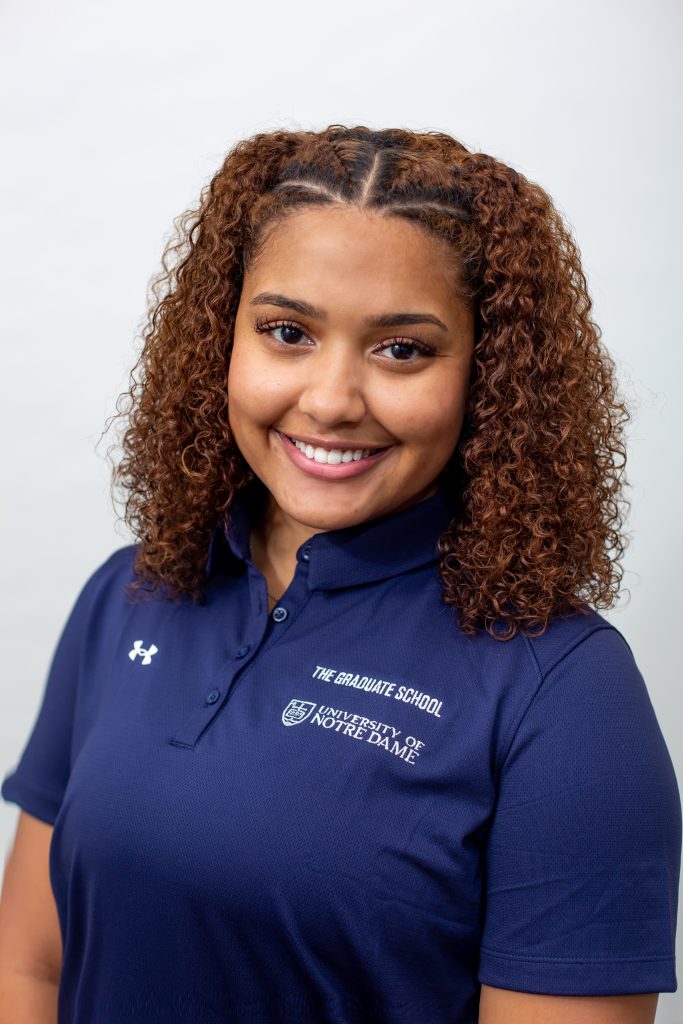
Brianna is a Ph.D. student in Computer Science and Engineering at the University of Notre Dame and a visiting researcher at the University of Washington. She’s advised by Dr. Ronald Metoyer (Notre Dame) and Dr. Jennifer Mankoff (Washington). Brianna earned her Bachelor’s in Computer Science from the University of Alabama in 2021, advised by Prof. Chris Crawford. She is also a Google Ph.D. Fellow.
Her research centers on improving data visualizations for accessibility, particularly for those with visual impairments. She works on identifying accessibility challenges and crafting more user-friendly interactive visualization experiences.
Visit Brianna’s homepage at: https://www.briannawimer.com/
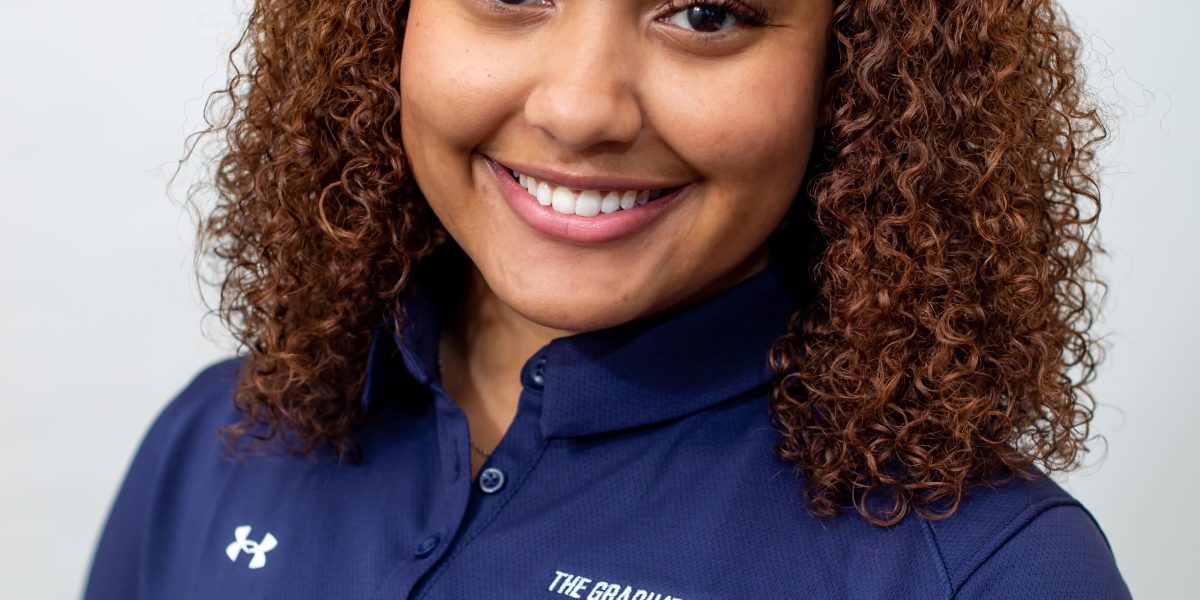
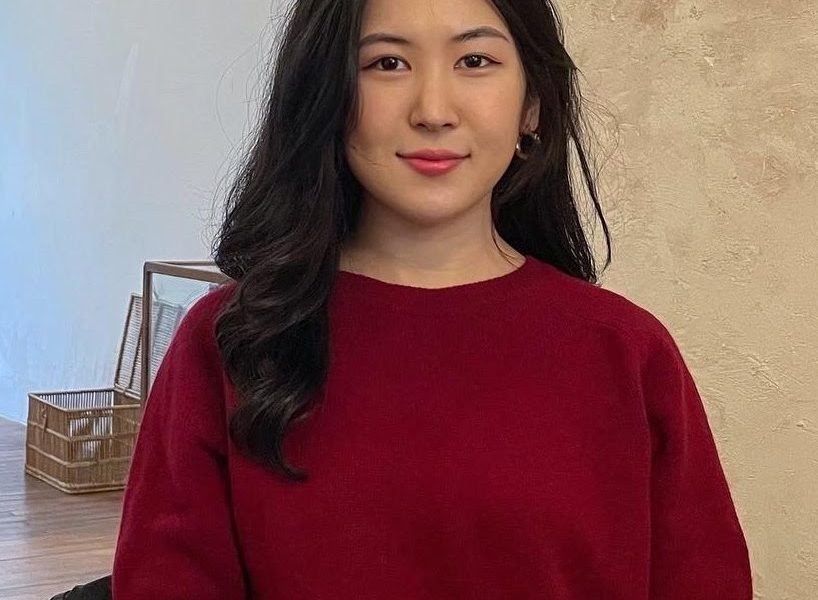
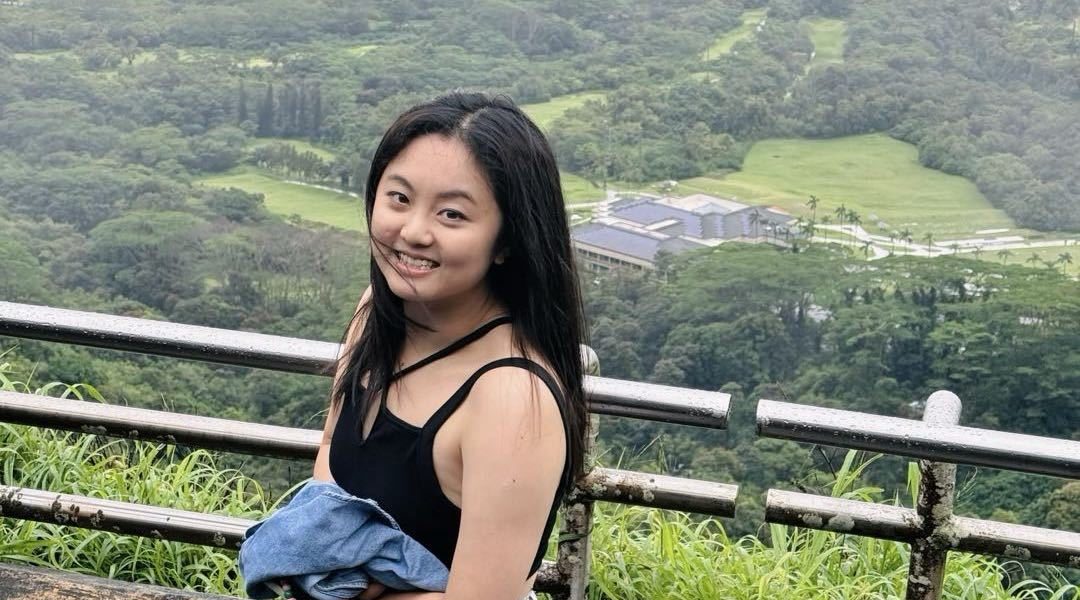
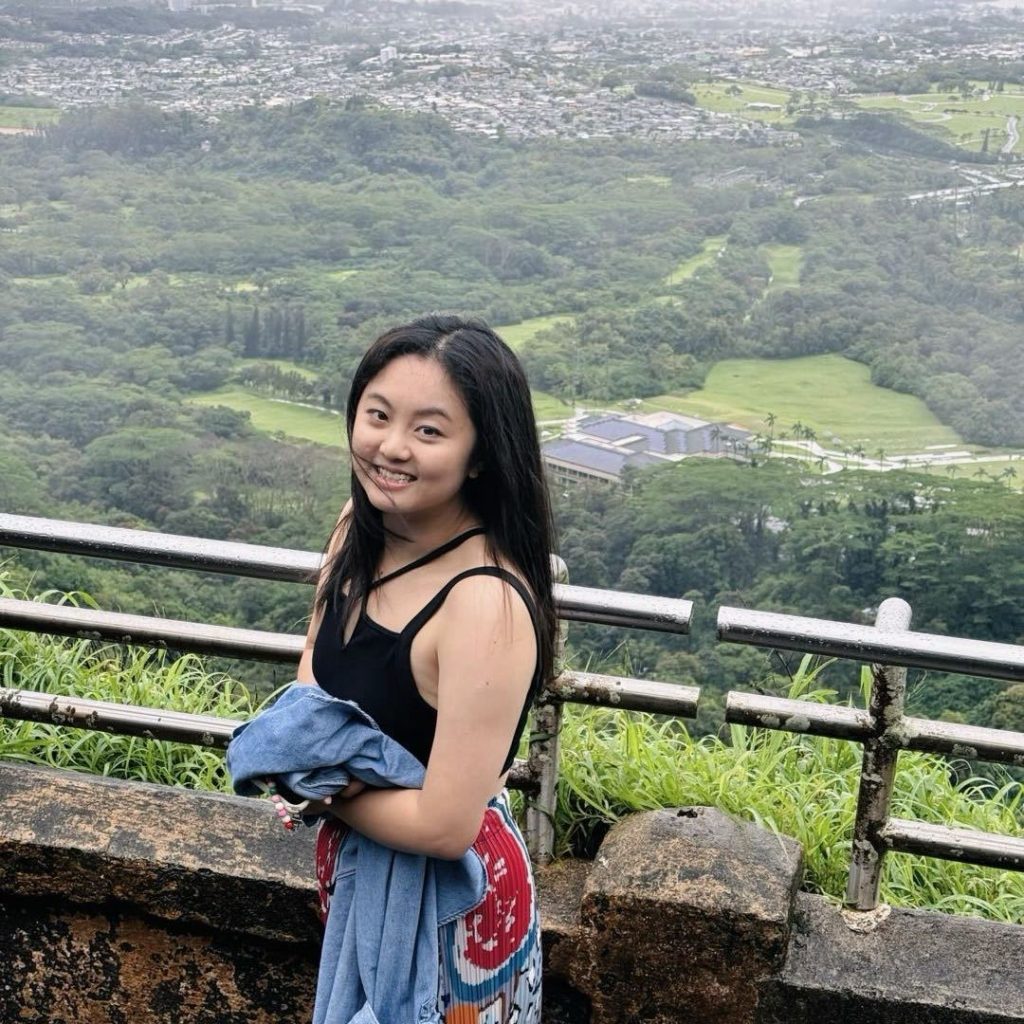
 Our paper, entitled “Towards Designing Unbiased Replication Studies in Information Visualization” was accepted to the
Our paper, entitled “Towards Designing Unbiased Replication Studies in Information Visualization” was accepted to the  Online writers and journalism media are increasingly combining visualization (and other multimedia content) with narrative text to create narrative visualizations. Often, however, the two elements are presented independently of one another. We propose an approach to automatically integrate text and visualization elements. We begin with a writer’s narrative that presumably can be supported with visual data evidence. We leverage natural language processing, quantitative narrative analysis, and information visualization to (1) automatically extract narrative components (who, what, when, where) from data-rich stories, and (2) integrate the supporting data evidence with the text to develop a narrative visualization. We also employ bidirectional interaction from text to visualization and visualization to text to support reader exploration in both directions. We demonstrate the approach with a case study in the data-rich field of sports journalism.
Online writers and journalism media are increasingly combining visualization (and other multimedia content) with narrative text to create narrative visualizations. Often, however, the two elements are presented independently of one another. We propose an approach to automatically integrate text and visualization elements. We begin with a writer’s narrative that presumably can be supported with visual data evidence. We leverage natural language processing, quantitative narrative analysis, and information visualization to (1) automatically extract narrative components (who, what, when, where) from data-rich stories, and (2) integrate the supporting data evidence with the text to develop a narrative visualization. We also employ bidirectional interaction from text to visualization and visualization to text to support reader exploration in both directions. We demonstrate the approach with a case study in the data-rich field of sports journalism.